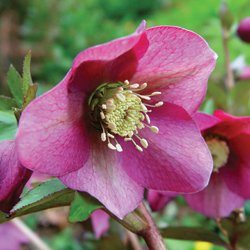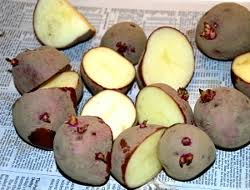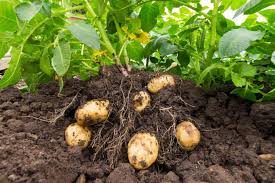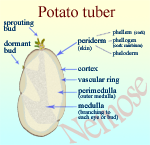The fascinating elegance of Hellebore is head and shoulders above any other winter flower. Just as the season is getting tedious, with holidays over, hellebore emerge. Standing tall in a season of garden dormancy, they quietly remind us of wonderful things ahead.
Hellebore Tips

Lenten Rose – Helleborus orientalis. A Spring flowering hellebore with cerise pink flowers.
The colors of Helleborus orientalis are the most scintillating, so start with good original plants before allowing them to hybridize. As long as you like the colors, it doesn’t matter about their names.
Because the flower heads tend to look downwards, grow hellebores on a slope, preferably outside a window. Newer hybrids have been developed so that their flowers are held upright.
Hellebores mix well with other early spring flowers, under deciduous trees or shrubs. Freshly mulched soil sets them off to best effect.
Imitate a woodland floor by providing sheltered, moist, and well-drained conditions which are mulched with leaf-mold or bark chips.
Trimming old foliage which has grown large and coarse over the summer not only removes potential disease, but reveals the flowers to bees and other early pollinators.
Hellebores love to reproduce. Deadhead flowers as seed pods ripen or raise new seedlings from a particularly good plant. Remove any new color combinations that are not special.
When transplanting hellebores directly from their nursery containers, be sure to shake off the potting mix and free up any bound roots.
Be careful not to plant your hellebores too deeply as this can hinder flower production. Make sure the crown of the plant is just slightly buried beneath the soil.
Plant with companions such as snowdrops, crocus, muscari, daffodils, phlox and bleeding heart.







 sun, such as a kitchen window sill for one to two weeks. This will induce sprouting to make it easier in the following steps.
sun, such as a kitchen window sill for one to two weeks. This will induce sprouting to make it easier in the following steps.

